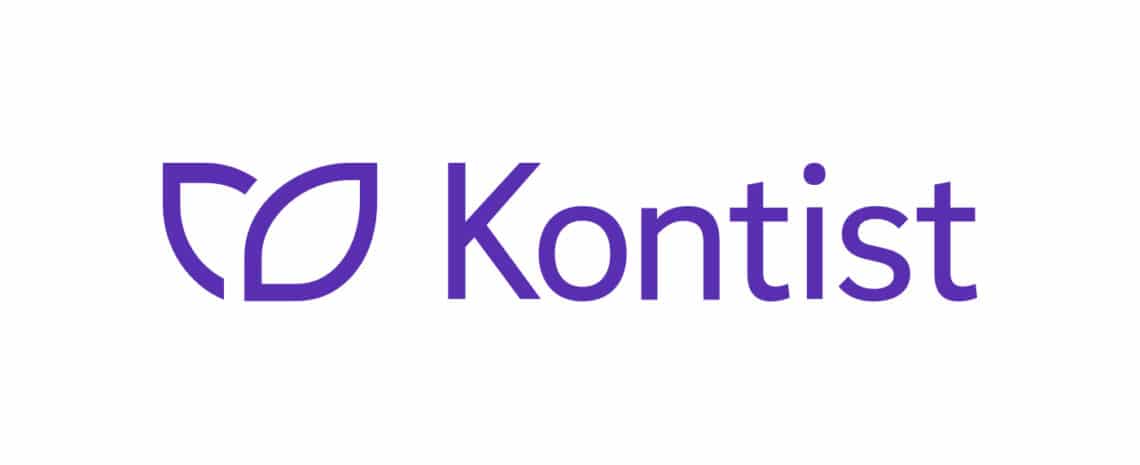A guest article by Leif Wienecke, Managing Director Digital Banking & Cards at Solarisbank
When the first neobanks hit the market in the early 2010s, their core customer promise was a radically improved user experience. Where traditional banks were cumbersome, inflexible and frustratingly bureaucratic, Monzo, Revolut and N26 were a breath of fresh air: faster, more convenient and more digital. In addition, the providers were cheaper and more transparent in terms of fees.
Ten years later, however, the gap has narrowed considerably. The apps of the established banks have caught up. And some banks, like Goldman Sachs, have launchedtheir own highly successful digital offshoots.
There is no doubt that the Challengers are extremely successful. However, they have not yet been able to displace their traditional cousins. While their own growth rates continue to rise by any measure – a 2019 report projects that neobanks will have 85 million customers by 2023 – profitability is not yet within reach for most. Only a few are already operating profitably.
What does this mean for neobanks? Is it time for them to rethink?
Is developing apps for the mass market and striving for growth at all costs still the key to success? Or does the future belong to “vertical banking” – offering a high-quality but narrowly tailored product?

What is Vertical Banking?
Vertical banking is about providing a highly personalized banking experience to a specific customer segment. While the previous approach of neobanks was to add value to an existing banking product with new technology, vertical banking does it the other way around. The goal here is to create a product offering that meets the specific needs of a narrowly defined target group.
For example, Tomorrow’ s offering appeals to environmentally conscious users by, for example, investing customer deposits in renewable energy and social initiatives, or by enabling users to reduce their environmental footprint through integrated features. But it goes even more niche: Squire, for example, bundles a payment solution with a virtual point-of-sale, an appointment scheduler and a financing product specifically for hairdressers in one app.
This kind of specialization is actually not that new.
When Amadeo Giannini founded Bank of America in 1904, his goal was to serve Italian immigrants, as existing banks at the time were only interested in large corporations and wealthy individuals. Similarly, cooperative banks have served local communities and people with common interests since the mid-1800s.
Vertical banking, however, reaches much deeper. In addition to broad demographic and geographic criteria, vertical banking also targets psychographic characteristics – such as a particular lifestyle, shared attitudes or shared beliefs. For example, there’s Bella. This neobank offers a feel-good experience for socially-minded customers. For example, users can earn “karma points” by paying another user’s bill or donating cashback proceeds to charity.
Technical superiority alone is not enough
The most compelling reason for neobanks to go niche is that “digital-first” is no longer the key USP.
Digital transformation has been high on the agenda of established banks for years. And the Covid 19 pandemic has further fueled their progress. Experts believe that the industry has achieved in a few months what it would have taken a decade to achieve under normal circumstances. At the same time, banking-as-a-service providers have paved the way for new entrants.
“Digital transformation has been high on the agenda of established banks for years. The pandemic has further fueled their progress.”
While the first generation of challenger banks had to build their own technology from scratch, today’s neobanks can leverage the banking infrastructure of specialist banking-as-a-service providers to get up and running faster and at much lower cost.
The barriers to entry are therefore lower than ever before. Conversely, however, customer expectations have never been so high. With over 250 neobanks currently on the market – all of which offer similar services and have comparable security, speed and ease of use – options are flooding customers.
So the real question is no longer whether a particular neobank has better banking than an incumbent. It’s about how much actual value it can add for the customer.
On the hunt for unicorns
Apart from low barriers to entry and high customer expectations, there is another crucial reason for neobanks to specialize: It can help them reach the profit zone they crave faster.
First generation neobanks have made growth their top priority. But because the digital-only banking market is starting to saturate – and because customers tend to use neobanks as secondary accounts – growth has never been enough to offset the high cost of acquiring customers. At this point, it must be said that the average Challenger Bank was well aware of the fact that its customers would use their accounts for secondary purposes such as travel and entertainment. The strategy has always been to get a foot in the door first, and then convince enough customers to switch for the long term.
The problem with this model is that success relies on reaching a critical mass. That was a realistic assumption in 2011, when the incumbents’ digital ineptitude gave the challengers an advantage. But now that “digital-first” is no longer a unique selling point, it’s getting harder and harder to compete. To make matters worse, people are traveling and meeting much less than usual because of the Covid 19 restrictions. And that means less revenue from key revenue streams like commissions and interchange fees from card payments.
As a result, the losses are piling up.
More than just banking

The vertical banking model, in turn, does not rely on growth at any cost to be profitable. After all, the USP is not in the core service – i.e. the digital account – but in the range of services bundled with the account. Take Kontist, for example, which offers a business account tailored specifically to the needs of freelancers.
Any fintech can theoretically offer a business account that can be used to make and receive simple payments. What sets Kontist apart here is the extremely useful ecosystem it creates for busy freelancers.
For example, Kontist offers an automated accounting service that synchronizes the user’s bank account with their accounting tool in real time. Kontist then automatically calculates expected income and sales tax, giving freelancers an overview of their finances. Features also include the ability to create invoices directly from the account and an integrated tax preparation service. These well-designed add-ons solve specific pain points, save time and potentially money as customers no longer need to purchase expensive standalone software.
Studies have shown that customers are willing to pay up to 20% more for a highly personalized product. So offering valuable add-ons tailored to a specific type of customer is a great way to diversify revenue streams and capitalize on cross-selling opportunities.
Furthermore, a more homogeneous user base also simplifies the assessment of default risk for credit products. Accordingly, specialised neobanks can offer their customers credit products on much more attractive terms than, say, ordinary neobanks or even established banks could. And credit products are not just a lucrative source of revenue. They also bind customers to the bank for a longer period of time. Crucially, however, the more closely the product fits the customer’s lifestyle, the more the rate of interaction with the app increases. And as the customer’s interaction rate increases, so does their loyalty to the brand.
Fea Money, for example, was developed specifically for women – a customer group that is often ignored in traditional financial services. Fea Money’s offerings include an account specifically for moms, as well as financial coaching and access to grants for women entrepreneurs. And there’s Neobank Daylight, which offers members of the LGBTQ+ community special financial coaching and features, including cards in their preferred names. The German neobanking app Insha, in turn, allows Muslims to access financial products that are compatiblewith their values and faith.
The future is vertical
By 2028, the neobank market is expected to grow to $722.60 billion (about 593.62 billion euros). But, as Starling Bank CEO Ann Boden noted in her 2020 letter to investors, ‘Growth is one thing. But sustainable growth is another.’
There is still a lot of room for neobanks to capture market share. But they will only succeed if they stop trying to please everything and everyone. If they want to keep their customers with them, they need to focus on developing innovative financial products that improve their customers’ lives and solve the specific problems that established banks cannot.

How do we get there?
Identifying a niche that needs a custom banking app is an easy one. But then serving that niche with a service that is reliable and legally compliant is another.
Banking-as-a-Service (BaaS) platforms can play an important role in accelerating the vertical banking wave. Instead of building an entire banking infrastructure from scratch and becoming a licensed institution, vertical banking players can simply plug into BaaS platforms that already offer modular banking services “out of the box.”
With a BaaS vendor providing the entire banking infrastructure in the background, vertical banks can bring their product to market in a fraction of the time, massively reduce their overhead investment and, most importantly, focus on developing the value-added services that differentiate their product in the marketplace.
The possibilities for vertical banking are endless. Now it’s up to banking-as-a-service providers like Solarisbank to usher in this new banking era with their technology.
